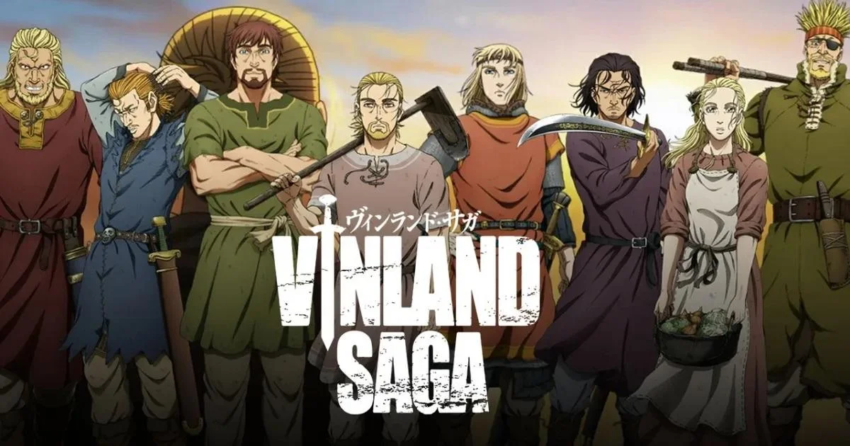So, I want to take a moment to talk about Vinland Saga, because as a fan of the manga I believe it’s one of the greatest exercises in storytelling that I’m aware of.
The anime just started it’s second season, and it’s getting some beef in the comments section.
You see, the piece of the story that constituted the ENTIRETY of season 1 was the prologue to the actual story. And it felt like a really, really good action anime. There were vikings, they killed a lot of people, it was bloody, and there were some thoughtful undertones.
S1 Ep 18 contains the first time we see a peek at what Vinland Saga is actually about. In it, the question of the definition of love is brought up. It’s a profound, earthshaking moment.
But it occurs during the midst of just a whole bunch of bloodshed. And it doesn’t even involve our main character, Thorfinn–who at this point in the story is basically simply a psychopath.
But it’s the first real glimpse at the beating heart of Vinland Saga. Because Vinland Saga’s most basic tenet is this–it takes a battle anime, a straight-up anime about violence, and actually makes it about violence. The concept and the tragedy of violence, not the excitement. It creates a main character that does not want violence–that actively refutes it–and shows him existing in one of the bloodiest periods of history. In doing so, it presents a story that rips away the excitement for bloodshed and leaves only the horror of it and a desire for peace.
Season 1 of the anime–the prologue to Vinland Saga–has Thorfinn being violent. Really, really violent. He is traumatized at the age of 6 and grows up knowing nothing but the battlefield. He is flat-affect, except when he’s angry. And he kills. Without hesitation.
There were a lot of fans of Season 1 who enjoyed watching that kind of blood. Watching Thorfinn mow through hordes of opponents.
Season 2, though, begins the actual story. Thorfinn is beginning to deal with the trauma and consequences of his previous life. He’s a slave on a farm, now–and his life is planting and harvesting and clearing fields. There’s very little of the war that we saw, because this is Thorfinn healing personally.
It’s the part of Rurouni Kenshin you didn’t see–the interregnum between murderer and saint. The grief, the loss, and the regret weighs him down. He’s a broken husk, and without the battlefield there’s little to drive him. He lived to kill Askeladd–without Askeladd, what purpose does his life have? He doesn’t know.
And it is beautiful. But it’s not action-packed. It’s not exciting. There’s no big fight scenes or battle. There’s just the drama of whether they can get the harvest in in time to work on clearing a new field. It’s a stark contrast–by intent–with the war scenes. But it’s necessary.
Thorfinn is going to be plunged back into armed conflict. If you’ve read the manga, you know that we’ll be seeing action again. But by the time we get there, we’re going to have a character who’s gone through both trauma and healing. And through that, we’re going to have one of the most layered, interesting characters I’ve seen in a manga or anime.
Vinland Saga is not great because of its action. It’s great because of how it makes you feel about action. And that has a lot of anime fans who just want to see cool fight scenes starting to get really, really uncomfortable.
Which, to me, makes it an incredible piece of storytelling.
